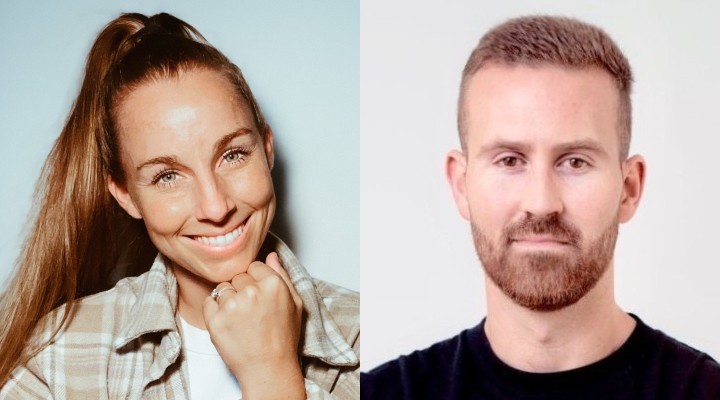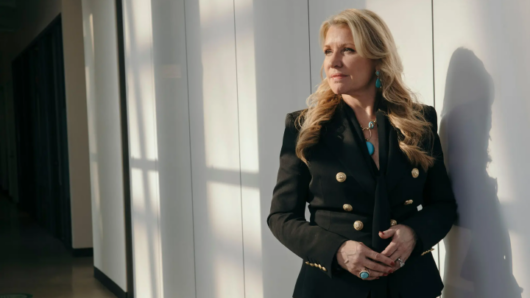Continuous changes in technology and the economy have most marketers’ heads spinning. But when your job is to drive growth for your business, you need to find ways to navigate it. We spoke to proven growth marketing leaders from Princess Polly and Archies to understand how they approach the problem, where they are finding audiences, how they are cracking the US and principles that help them navigate change.
“We saw massive growth in 2020 and 2021, but it slowed down last year, so our main focus this year is to set realistic goals,” explains Kim Zorn, global performance director for fashion brand Princess Polly.
That slowdown after two years of huge growth, caught many e-commerce and high-growth businesses by surprise last year.
But for smart marketers like Zorn, it’s the kind of challenge that creates new opportunities to innovate.
She explains the change in consumer behaviour and adoption of different media habits has forced them to be more open-minded to where they are going to find audiences, and growth: “We are diversifying our channel mix to test new channels for growth and not relying on the top three channels we used to. We have about 20 channels live now.
“We’re testing new things and finding ways to improve our performance, which helps us to grow and beat the competition. The key is to keep testing.”
Taste for testing
That taste for testing is something Ruben Thompson, head of digital marketing for another high-growth brand, Archies Footwear, has developed to future-proof the company’s performance.
He explains: “We’re looking at the efficiency of our funnel and drilling down to a micro-level. We’re monitoring and breaking out metrics for each stage of the customer journey, such as click-through rate, bounce rate, conversion rates, and earnings per session. By constantly improving these metrics, we can improve our growth.”
This focus on hygiene is important to create the best possible experience to turn prospects into paying customers, but where are these brands finding these prospects in the first place?
Zorn has a simple answer for that: “One of our team’s mottos this year is to ‘TikTok everything’. We’re seeing a huge number of new customers coming from TikTok, both paid and organic.
“We’re testing new products with TikTok, such as TikTok search, which has a high ROI. We predict that a lot of search will happen on TikTok, as users are getting their news, searching for outfit inspirations, and looking for food recipes. We’re also seeing growth opportunities from influencer collaborations. We’re extending our PR collaborations through TikTok and growing our organic channel.”
For Archies’ Thompson, that organic piece is important, as it allows his team to build the brand on the platform and develop deeper relationships with followers. This brand work, he explains, can be extremely helpful in shaping a more performance-oriented brand strategy.
“There are many insights that come out of that type of organic brand work that actually feed into insights to performance,” he says. “You’re getting to know the customer better, beyond just an analytics dashboard. What performs excellently organically is often going to translate across to good performance in your paid funnel as well.”
Breaking into the US
One beauty of digital marketing is that brands are no longer limited by physical location in the same way they used to be. Both Princess Polly and Archies have seized the opportunity and looked to the biggest consumer economy in the world – the US – for the next stage of their growth story.
However, both have discovered that while the tools and channels available may be the same as in their home markets, the way consumers behave and react to their messaging is markedly different.
Zorn admits: “When we entered the market three years ago, we applied the same creative and strategy that worked in Australia to the US market, and it did not work for us.
“There are little things that make a big difference. For example, seasonality is a big thing, so we had to shift our buying for two seasons and adjust our language.
Thompson’s top tip is to understand what channels like TikTok look like in other markets before you launch. He explains how he used a VPN on his phone to spoof a US IP address to see what American users were experiencing on their feeds.
In terms of tools and mindset, there are some things both marketers are doing to help them improve their own work performance. Thompson says the emergence of AI assistants like ChatGPT are proving to be a real boon for him and the way he works.
“As someone who works in digital marketing, I often shift between my creative and analytical mindsets,” he explains. “It can be challenging to get into that creative space and find inspiration, so ChatGPT is a great tool for generating alternate copy and headlines that can serve as a starting point. It’s much easier to revise existing work than start from scratch.”
Zorn points to a continuing focus on “understanding people” as a key way she is optimising her work. She says: “If you understand your customers’ problems, challenges, and mindset, you’ll be able to provide solutions that meet their needs.”
In a rapidly evolving world perhaps there is one simple lesson for marketers – keep the customer, and not the channel, at the heart of your strategy. Success will be there for any marketer willing to really do the work to understand not just what your customer is doing today, but what they are likely to do in the future. The clues are all there but finding the signals that cut through the noise is the secret.
- Want to learn more about how to create entertainment that drives performance impact on TikTok? Secure your spot at TikTok’s #ForYou Summit Australia livestream now.






